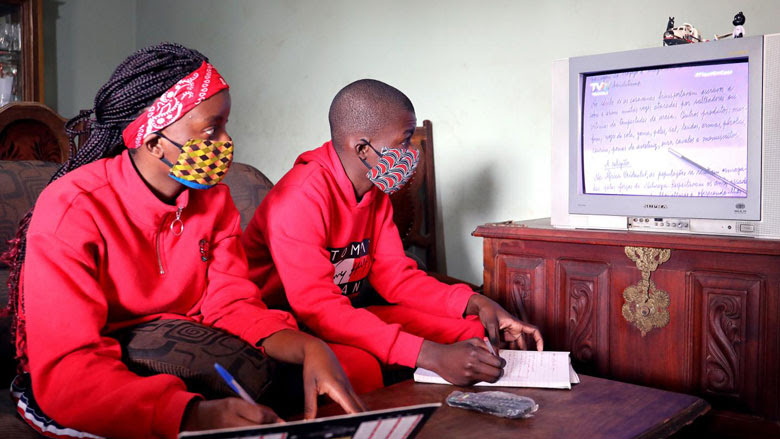Bengaluru, NFAPost: The Infrared Cameras Market that was valued at US$ 5,259.70 million in 2019, is projected to reach US$ 9,055.58m by 2027, according to The Insight Partners’ new research study. It is expected to grow at a CAGR of 7.1% during 2019–2027. Growth in automotive and construction industry is anticipated to drive the market during the forecast period.
In 2019, North America dominated the infrared cameras market. The growth of the construction and food processing industry in North America is mainly observed in the residential and commercial sectors. The region heavily invests in the military and defense sector to address the increasing terrorism and strengthen armories of the nations.
Additionally, as North America promotes numerous technological developments, the adoption of infrared cameras integrated with advanced features is growing rapidly in the region. Moreover, with increasing military expenditure, the procurement of infrared cameras is increasing by the US armed forces.
Most of the countries in the region are already deploying this technology by replacing regular cameras for improved surveillance and safety. North America has maximum number of infrared cameras manufacturers, which leads to a strong competition in the market.
Rising competition in the region has encouraged these companies to provide enhanced infrared cameras through continuous development, at a lower cost compared to their counterparts in the market. The strong economic condition of countries in the region is the major supporting factor for market growth.
Securing office premises, public places, commercial buildings, and others requires cameras that can aid enhanced visibility, especially in low-light conditions. Hence, the IR camera has a major importance in security and surveillance applications for night surveillance. The COVID-19 pandemic has further enhanced the demand for IR cameras to measure body temperature. Market players are developing advanced systems to secure the perimeter with advanced cameras.
For instance, in March 2020, Infrared Cameras Inc., a US-based company, introduced a new solution—installation of infrared cameras on metal detectors for measuring the skin temperature in real-time.
Further, Teledyne DALSA, a provider of digital imaging technology, has announced the launch of a new camera under LWIR cameras product line. This new Calibir GXM camera can be used to detect elevated skin temperature. These cameras are suitable for defense and security applications requiring low noise equivalent temperature difference (NETD) and networked cameras.
Infrared Cameras Market: Segmental Overview
Based on type, the portable segment is anticipated to grow at a faster pace during 2020-2027. The portable cameras are ideal for electrical inspections, preventive maintenance, and frontline troubleshooting. Increasing electrical utilities, electrical contractors, building inspection, thermal imaging, plant maintenance, and industrial applications, the scope of infrared cameras is growing at an exponential pace.
Based on component, the processor segment accounted for more than 30% share in global infrared cameras market in 2019.
Processor enhances the infrared camera image processing speed and accuracy. The processor enables vision processing for AI applications. With the integration of IoT and AI technology in infrared cameras, the data amount is increasing, which requires advanced processor.
In terms of wavelength, the LWIR segment dominated the infrared cameras market in 2019. The accuracy and detailed measurement are supplementing the demand for LWIR cameras. The ability to measure temperature in various areas such as home equipment, farming, and solar field to visualize the damage of electronics, insulation, and water is bolstering the demand for infrared cameras.
The COVID-19 pandemic has shaken several industries. The tremendous growth in the spread of the virus has urged governments worldwide to impose strict restrictions on vehicles and human’s movement. Due to travel bans, mass lockdowns, and business shutdowns, the pandemic has affected economies and countless industries in various countries.
The lockdown imposition has resulted in lesser production of commodities, goods, and services. Manufacturing, automotive, semiconductor and electronics, oil & gas, mining, aviation, and other industries have witnessed a decline in their operations due to the temporary shutdown of activities.
The infrared cameras market players also experienced a slowdown in the volumes because the manufacturing facilities were operating with a limited workforce. This has had a negative impact on the market. Additionally, temporary closure has also resulted in reduced procurement of infrared cameras among industries during the first quarter of 2020. The COVID-19 might have its impact in the first six months of 2021 as well.
Infrared Cameras Market: Competition Landscape & Key Developments
Axis Communications, Leonardo SpA, FLIR Systems Inc., Fluke Corporation, ICI (INFRAREDCAMERAS INC), Opgal, Teledyne Dalsa, Seek Thermal Inc., Sofradir Group, and Thermoteknix System Ltd are among the key companies operating in the global infrared cameras market. The leading companies in the market are looking forward to introducing new infrared camera products to attract end users and tapping prevailing business opportunities.
In March 2020, Seek Thermal, introduced Seek ScanTM, a simple and low-cost thermal imaging system designed to automate body temperature screening using skin temperature as a proxy. Seek Scan is specifically designed and calibrated to deliver accurate skin temperature measurements while enabling social distancing protocols.
In June 2020, FLIR Systems, Inc. declared modified thermal cameras for fast and safe non-contact elevated skin temperature screening.





